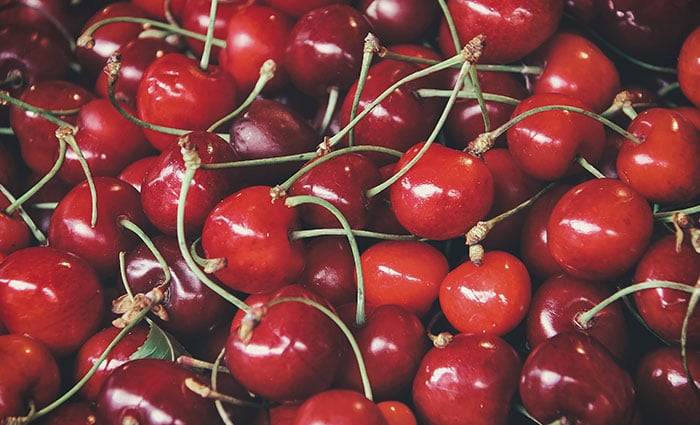With the holiday season behind us, its time to make resolutions for the New Year. For many, living a healthier lifestyle is at the top of the list of intentions. Whether you are looking to avoid joint pain, lose weight or simply make better choices, the foods you consume play a large part.
We’ve published a blog highlighting the top ten foods we recommend for overall health, reducing joint inflammation and weight loss. Now, we have an updated list for the new year so you can go into 2020 with a plan to stay healthy and help you get rid of nagging joint pain.
Here is our newly updated list of 10 new foods for the New Year that can help you reduce joint pain.
#1 Papaya
Would you ever think that tropical fruits would be great for reducing inflammation markers and decreasing joint pain? Some of them do. Papaya contains a naturally occurring, anti-inflammatory compound called papain. Papain has been proven effective at reducing joint pain, stiffness, and as such, is an excellent supplementation for anyone who suffers from arthritis.
#2 Pumpkin
You may have seen pumpkin pies, pumpkin spice scented candles, and pumpkin-flavored foods and drinks everywhere you go during the holidays. Lucky for all of us, pumpkin is another unexpected fruit that is a fighter of inflammation. Not only is pumpkin rich in fiber and naturally low in calories, but it is also packed with nutrients that help reduce joint inflammation. Pumpkin is naturally dense with beta carotene, B6, vitamin C and magnesium, which are all beneficial for reducing joint pain.
#3 Citrus fruits
Citrus is another member of the fruit family that helps reduce joint inflammation and pain. Citrus fruits like lemons, limes, oranges and grapefruit are all replete with vitamin C, which happens to be one of the best vitamins for reducing pain and inflammation in the body. Vitamin C helps your body synthesize collagen while strengthening tendons, ligaments and bone tissue.
#4 Soy
Another unsuspecting helper in the fight against joint pain is soy. Soybeans contain isoflavones, which recent studies have shown to help in reducing pain in the joints. Don’t like soybeans? That’s not a problem at all. Soy products give you a variety of options like soy milk and tofu, which are also great for helping with joint pain and inflammation.
#5 Yogurt
Did you know that the bacteria in your gut have a substantial effect on inflammation and pain in the body? Yogurt and other fermented forms of dairy are known for helping us facilitate a healthy gut biome, improving the concentration and function of the bacteria in our digestive system while strengthening our intestinal lining. Improving your body’s gut health by eating yogurt can also help reduce joint pain and inflammation
#6 Avocados
Avocados are known for containing healthy fats that are beneficial to the body in many ways. The monounsaturated fats and vitamin E present in avocado are known for reducing joint pain and slowing the deterioration of joint tissues as well.
#7 Green Tea
Mankind has been drinking green tea for thousands of years for its benefits to overall health and longevity. Green tea is also fortified with antioxidants and polyphenols that decrease inflammation in the joints and preserve joint cartilage.
#8 Mushrooms
Fresh or sautéed mushrooms are a nice touch to salads and a variety of dishes, but did you realize they help reduce inflammation and fight arthritis too? These popular forms of fungi are not only beneficial for our gut health, but they also contain relatively high levels of a powerful antioxidant known as I-ergothioneine, which has been shown to strengthen joint tissue and reduce pain.
#9 Cherries
Cherries contain anthocyanins which have a couple of different key benefits when it comes to chronic joint pain. These anthocyanins can reduce gout pain and the frequency of gout attacks, as well as regressing joint inflammation and pain.
#10 Turmeric
In recent studies, turmeric has been shown to be a highly effective anti-inflammatory food and supplement. Turmeric contains high concentrations of the chemical curcumin, which is effective at blocking inflammation-causing enzymes and cytokines.
Reducing joint pain through diet
Take this list and start incorporating these foods into your daily and weekly diet. Remember that one of the significant side effects of being overweight or obese is putting an increased amount of weight and pressure on your joints. This significantly increases your risk of deteriorating soft tissues at a more rapid rate, leading to joint inflammation and pain. Maintaining a healthy diet and weight serve an essential role in reducing joint inflammation and irritation.






